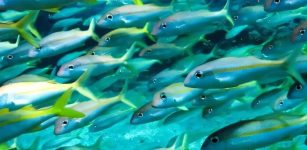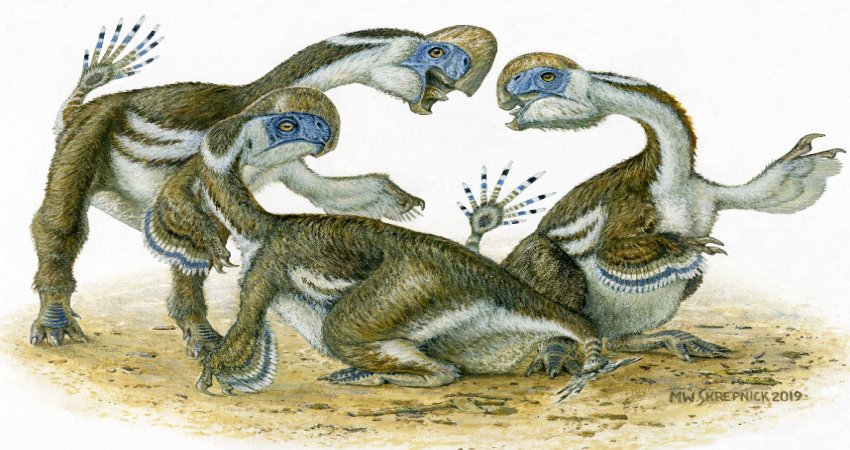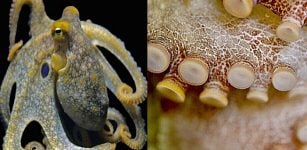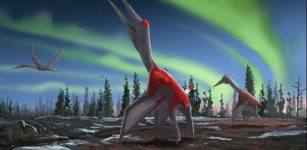Giant Antarctic Sea Spiders Breathe Through Their Legs
Eddie Gonzales Jr. – MessageToEagle.com – Polar oceans and deep seas are habitats for many fascinating creatures that have many secrets.
Scientists have long tried to understand why marine animals that live in the polar oceans and the deep sea can reach giant sizes there, but nowhere else.
Giant sea spider, Colossendeis robusta, used in the thermal tolerance righting assays in experiments done by Shishido and colleagues at McMurdo Station, Antarctica. Photo by Tim Dwyer, courtesy of ARCUS.
According to the prevailing theory – known as the ‘oxygen-temperature hypothesis’ – animals living in extreme cold can grow to giant sizes because their metabolisms are very slow.
The animals, the researchers studied were sea spiders, marine relatives of land spiders that breathe through their legs.
“The idea is, it’s a lot of work for animals to capture oxygen and bring it all the way to their cells,” zoology PhD student Caitlin Shishido at the University of Hawai’i at Manoa, and the lead author of the study, said in a press release.
“It’s a much bigger job for large animals than for small ones. If cold temperatures make you need less oxygen, you can grow to a larger size.”
To test whether giant spiders were more affected by warming than small ones, the researchers exercised the spiders to exhaustion by flipping them upside-down and counting the number of times they were able to right themselves at a range of temperatures, from their normal -1.8°C all the way up to 9°C. Counter to predictions, giant animals kept up with smaller ones at every temperature.
“We were amazed that not only could the giant animals survive at much higher temperatures than they usually see, but they dealt with warm temperatures just like the smaller ones,” Shishido said.
“That’s not supposed to happen; larger animals should exhaust their oxygen supply and run out of gas much sooner than small ones.”
Sea spiders, which are ‘skin breathers’ — they have no gills or lungs to help get oxygen, but have to rely on diffusion across the surfaces of their legs.
How do giant sea spiders appear to get around the laws of physics?
Their legs are covered with pores, and the researchers found that as the sea spiders grow, their exoskeletons become more and more porous.
“The exoskeletons of the really big ones look almost like Swiss cheese,” said Shishido.
The study strongly suggests that the giant polar sea spiders may not be as vulnerable to warming oceans as previously thought.
Written by Eddie Gonzales Jr. – MessageToEagle.com Staff Writer











